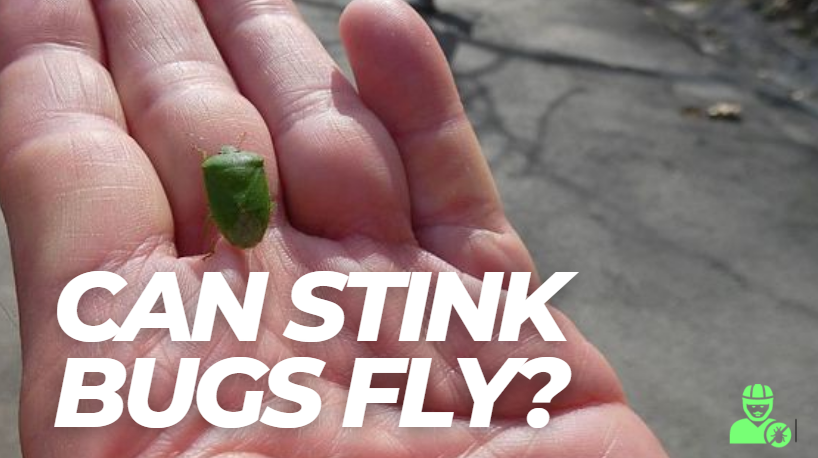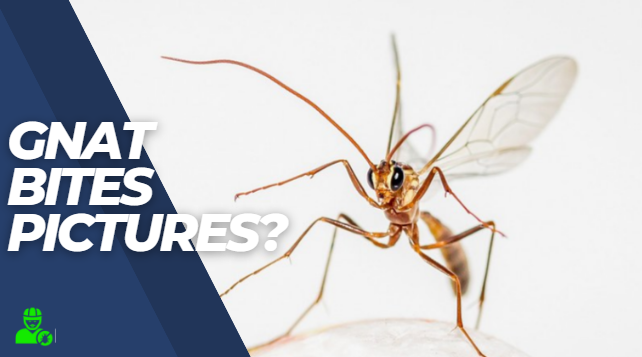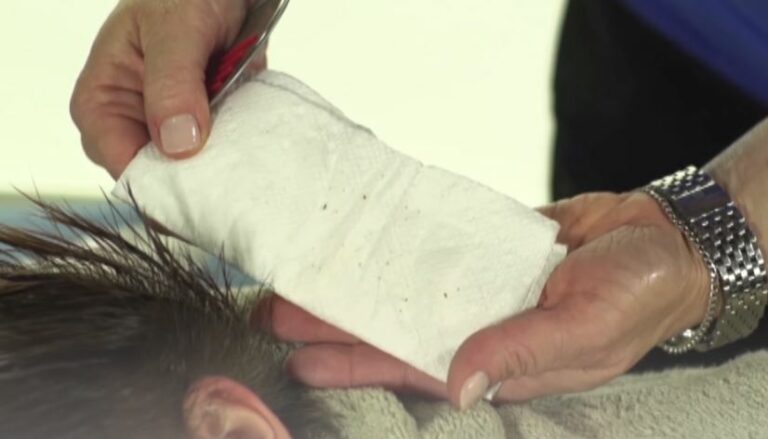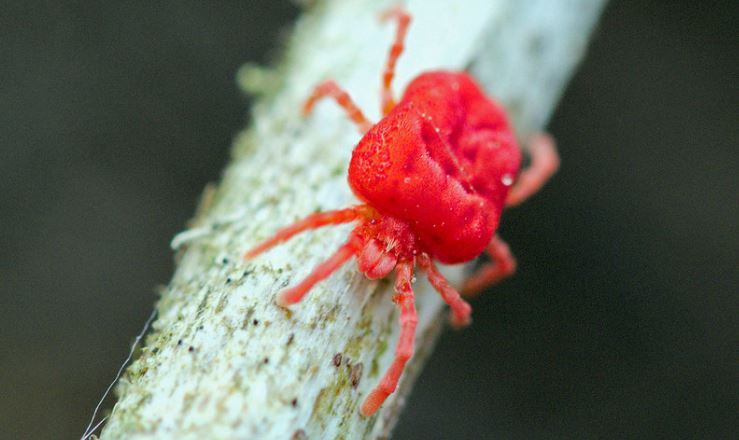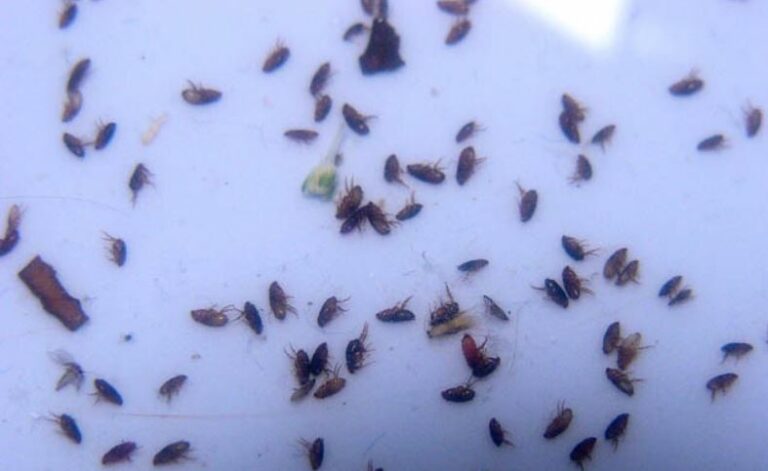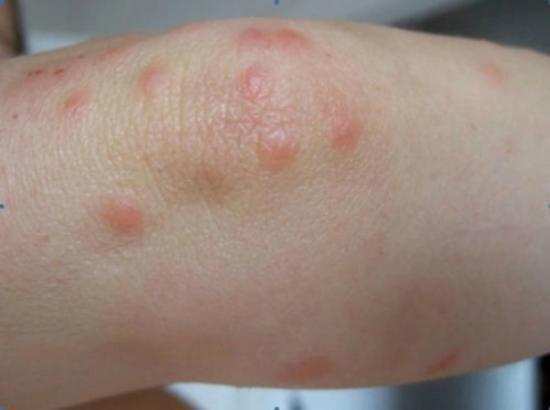Do Stink Bugs Fly?
Table of Contents
1. What Are Stink Bugs?
Stink bugs are usually found in homes and yards. They can cause serious health problems for pets and people, because they are carriers of the disease.
After I returned from North Carolina, I was shocked at how quickly the bugs were moving. I have been reading that the bug isn’t harmful.
It’s not certain if it can hurt someone. I have read that it can cause allergic reactions, but that’s not proven.
I was recently asked to create a photo- realistic painting of a Stink Bug. This bug was painted using a wet-in-wet technique.
The background was painted with a wet-in-wet technique and the bug was painted over it. I made a little more detail to the composition after I was happy with it.
2. Can Stink Bugs Fly? Do They Even Have Wings?
Yes! Stink bugs can fly.
There is a good chance that you heard a helicopter fly over your head when you heard a strange buzzing noise in the distance.
Insects with wings are actually insects. The wings fold into their backs when they’re ready to fly, protecting their vulnerable butts.
One might think it would be smooth, but it isn’t. Because of their awkward bodies, they make a lot of noise when they take off.
They may notice your presence if you fly drones within a half mile of people. A group of stinkbugs can be seen miles away.
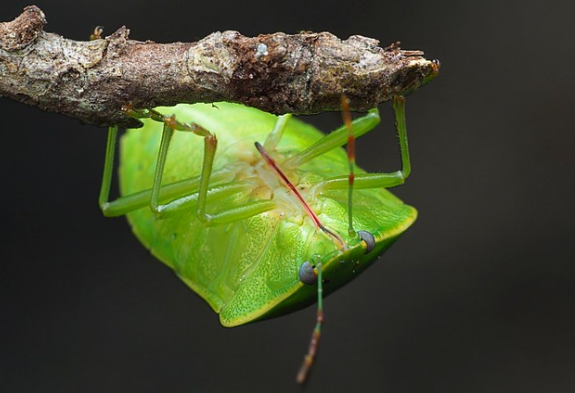
Image Credits: Tom Musson
3. Why Do Stink Bugs Fly Weird?
Stink bugs are among the most interesting insects. They have been around for over 200 million years and can be found in many places.
Their smell is one of their distinguishing features. They have the ability to jump backwards, forwards and sideways.
They can flap their wings in a circular motion in order to gain altitude.
This short video shows the amazing flight pattern of the stink bug.
4. How Else Do Stink Bugs Move Around?
They may use other methods such as crawling on the ground, or they may use other insects to help them move around.
Related: Top 15 Home Remedies for Bed Bugs
5. Hitchhiking On Clothing
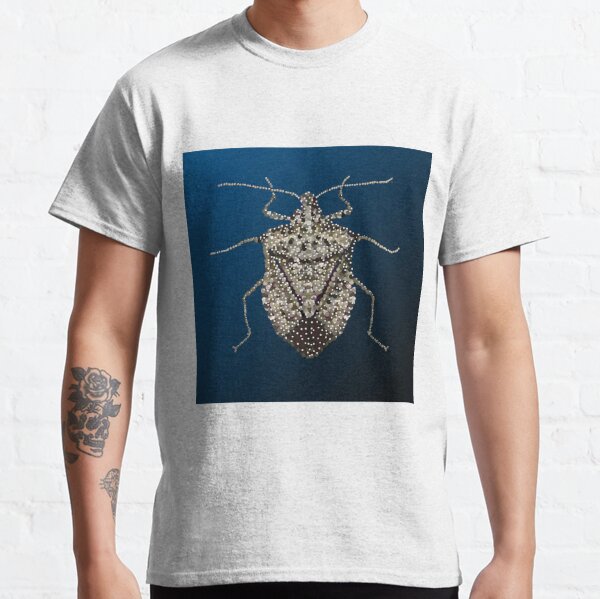
Image Credits: redbubble.com
You’ve probably seen hitchhikers before. Perhaps you stopped to help the other person.
They are completely unaware of your presence if you’ve ever seen one. You don’t know what you’re doing or why you’re stopping.
They don’t know how much you’d like to help them. It doesn’t matter to them.
In the first place, brown marmorated stink bugs arrived in the mainland United States. During the 1990s, a cargo ship from Asia delivered goods to the Port of Los Angeles.
As soon as the ship arrived at the port, the port’s crew noticed a large number of insects on board.
Since the cargo ship was not allowed to unload its cargo, the insects were returned to their Asian country of origin.
6. What Do Stink Bugs Look Like?
Stink bugs are often described as a cross between an ant and a roly-poly bug. Their legs have two sets of legs. Their legs look like roly-poly bugs. There are no wings on them. Their true legs are the second set of legs.
Stink bugs are brown and native to eastern North America. They were first found in the US In Georgia in 2000 They have spread northward and eastward in the past decade.
Stink bugs grow fast during nymph stage. The body changes as it grows. The thorax is much shorter than the abdomen. The legs become stronger and the nymphs move more. A stink bug nymph moves into a quiet place when it is ready to pupate.
Stink bugs are fascinating and interesting. They have a life cycle that includes eggs, children and adults. When the adults are ready to have a baby, they grow a new set of wings.
After the nymph grows to adulthood, the process continues all over again. It’s important to keep an eye on your stink bug colonies and remove the adults when they’re ready to grow again.
7. Signs of an Infestation
In addition to causing damage, stink bugs are also known for spreading plant diseases.
These insects are often found in gardens, parks, and landscaped areas. If you spot a large number of them, it is a good idea to call an exterminator to remove them.
8. Stink Bug Control and Prevention
If you notice stink bug activity, you need to act. Call your local pest control professional to get rid of any dead or dying insects in your home. The use of a vacuum cleaner can help control stink bugs.
If your dog is chewing on items that smell like stink bugs, you can take your dog to the vet for an evaluation. Stink bugs aren’t the best of pests. They can cause a lot of damage to a building if left alone.
They can cause plants to die by feeding on the flowers. Adult stink bugs lay eggs that hatch into children. It is important to get rid of these insects as soon as possible because they can live for seven days without food.
Stink bugs don’t bite humans, so they can cause an unpleasant smell. They make a foul smelling liquid that can irritate the eyes and skin.
9. Habits
Stink bugs and nymphs feed on fruits and leaves. The life cycle of brown marmorated stink bugs starts in the spring and ends in the fall. These insects will enter diapause when exposed to cold temperatures.
In the late fall, stink bugs seek out shelter in homes and other man made buildings when the weather gets cold. They hide inside homes, attics, and crawl spaces.
They are usually found in the wall It is possible that an insect’s season of activity is over. Stink bugs will come out of their winter dormancy as the weather warms.
Stink bugs are usually found on the sides of buildings in the spring. Stink bugs can be found outdoors in the warmer months, but will move indoors once the temperature drops.
Depending on their habitat, brown marmorated stink bugs create 3 generations a year. Each year there are two 3-Generation high-tide cycles.
Stinkbugs lay a lot of eggs between May and August. These fruits are green and round and attached to the plants.
Eggs will take about 4 to 5 days to hatch. They will be ready for harvest by the fall.
10. Threats
The late spring and early summer months are when stink bugs are most likely to show up. They are attracted to light and will look for warm-blooded animals like humans.
They will not bite, but their presence can cause allergic reactions, which is distressing to people.
Stink bugs, also known as brown marmorated stink bugs, are not likely to sting or bite. On the ground, in the leaves, and in the air are where they can be found.
They eat a wide variety of plant material, but most of the time they are in ornamental plants, fruit trees, and gardens.
Stink bugs have a foul smell, but they don’t inject or pump toxins into their prey. Stink bugs use their mouths to get a drink of water from plants.
If you’ve ever had a plant that you want to eat, but the leaves are too tough or sour to chew, you may have seen a stink bug.
The insects are important to the ecology. They are the main source of food for the rest of the animals. They help spread seeds.
FAQs
Can All Stink Bugs Fly?
Yes! all stink bugs are able to take flight with two pairs of wings.
The male butterfly’s wings are hard and leathery in appearance.
How Far Can Stink Bugs Fly?
Between 1.5 km to 4.5 km.
How Long Can Stink Bugs Fly?
1 miles to 3 miles.
How High Can Stink Bugs Fly?
A stink bug can fly up to 70 meters (230 feet) above the ground.
How Fast Can Stink Bugs Fly?
Stink bugs can fly at speeds of up to 40mph.
What's Temperature Can Survive Stink Bugs?
They can also survive in temperatures of 50 degrees Celsius. This is a long way from the average house or office where they typically hide out.
Can Stink Bugs Fly when Wet?
Small sting bugs can’t fly when they are wet. however adult stink bugs can fly in certain situations
Can Green Stink Bugs Fly?
Yes! Green Stink bugs can fly.
Can Baby Stink Bugs Fly?
No! Baby sting bugs can’t fly unless they become an adult or have completed wings and able to fly.
Final Thoughts On Stink Bugs And Flying
Insects such as stink bugs are among the most common and widely distributed in the world.
There is no doubt that they are one of the most well-known and recognizable insects. Upon being disturbed, they release a smell that gave them their name.
Among the many reasons to avoid stink bugs mid flight is that their bodies are unprotected. This means that they can be squashed easily, and their classic stinky scent will be released.
Just for the sake of protecting your nose from the stench of your breath, keep an eye out for these creepy crawlies.
I Hope This Guide Will Serve as A Quick Reference. if You Like This Article Hit the Newsletter/subscribe Button to See Our New Posts About and Share It with Your Friends, Also Gives Back Your Feedback if You Like or Dislike Anything in The Comments Section.
Thank You.
Did I Miss Anything?
Now i'd like to hear from you:
Please let me know I miss anything Or Maybe I didn’t mention!

